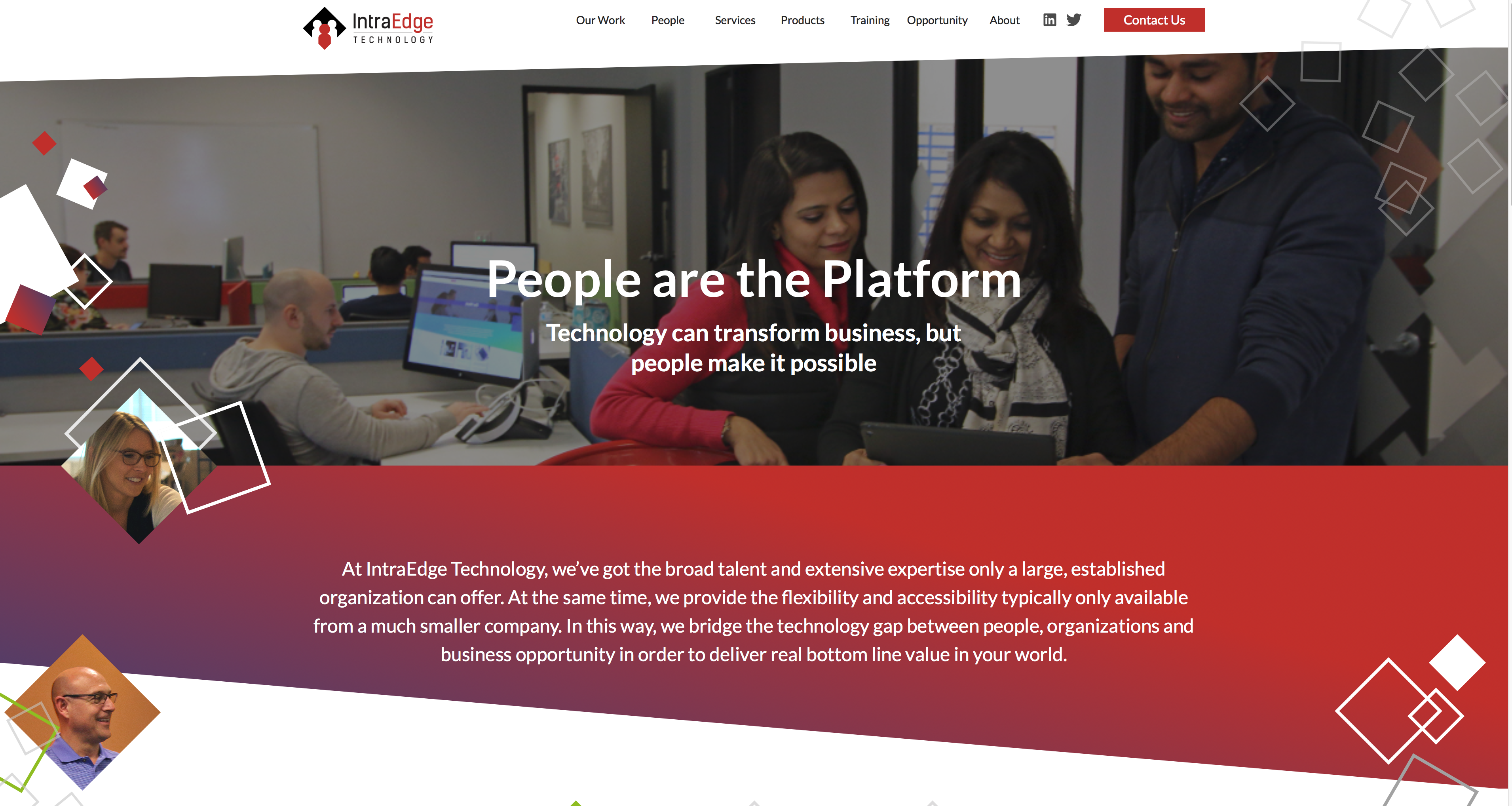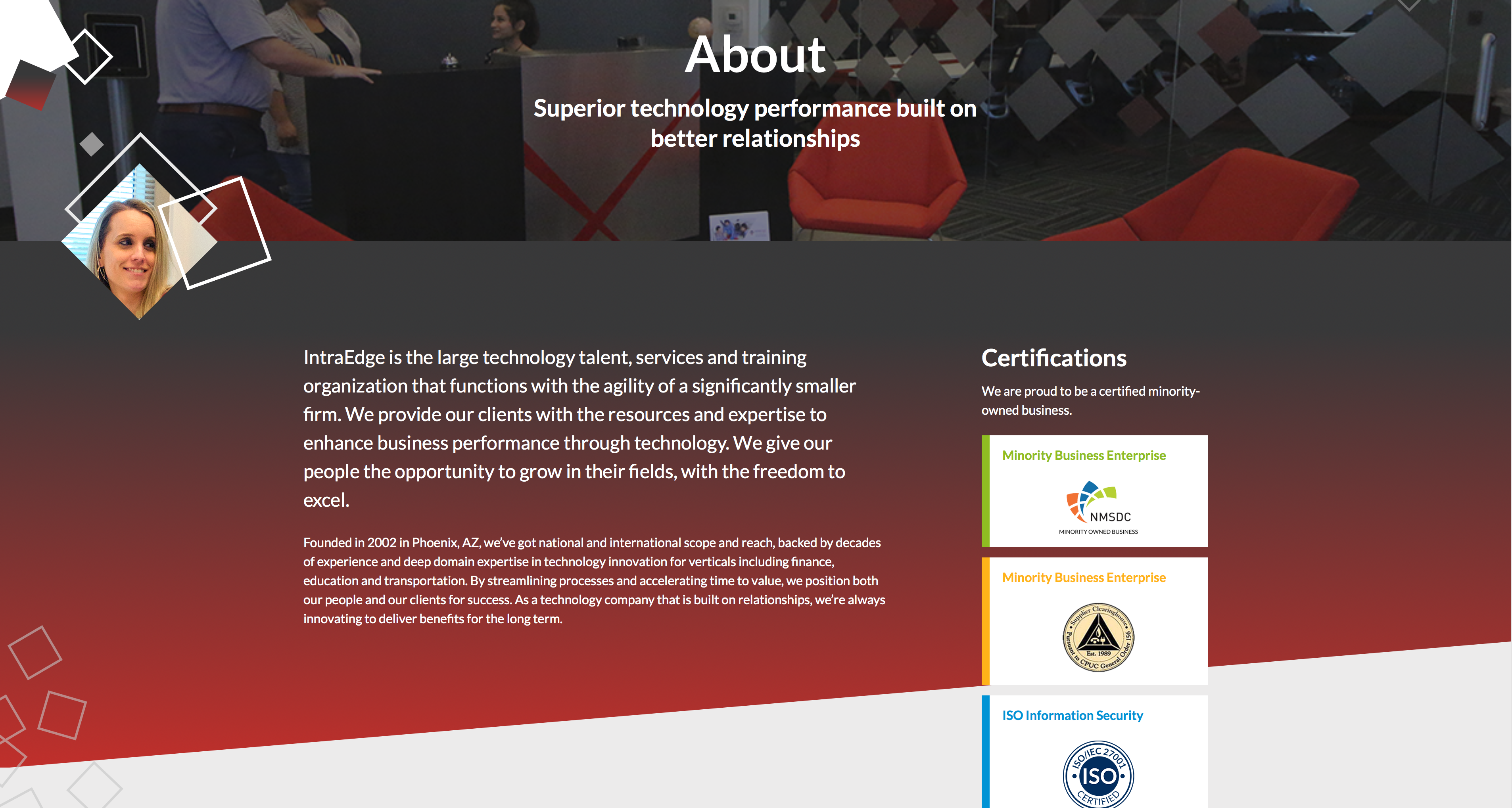In the old days it was enough just to ask: what makes you different? But these days the answers aren’t so simple. In mature markets, differentiation isn’t always that apparent. And even when it is, distracting noise from competitors can make your message get lost in the shuffle.
Today, lack of strategic clarity and coherence in your communication creates confusion that translates into missed opportunities in the marketplace, wasted money and time poorly spent. To maximize your marketing return on investment, you need brand and campaign messaging strategies that separate you from the pack, while creating high relevance for your audiences.
A strong messaging strategy will provide you with a strategic positioning that is 1. authentic to your brand, 2. highly relevant to your audiences 3. differentiated from competition, 4. aligned with current trends in your industry.
The intersection of those four data streams will give you and your brand the optimum positioning to engage your audiences and set up sales. The challenge is that these inputs are rarely black and white and must be weighed, sorted and applied with the wisdom of experience and the subtlety of art.
With these answers in hand, your communications can crystalize into a clear, compelling brand identity or campaign offering. Whether you’re launching a new enterprise or ready to lift your marketing to the next level, the time to develop your distinct messaging strategy is now.
At Relativity Writing, we excel at cultivating consensus within your organization, gleaning insights from your customers, and analyzing your competition in order to develop the right messaging to communicate and grow your brand.
Case in point: when just a generic message isn’t enough anymore
IntraEdge Technology is a dynamic, flexible and highly entrepreneurial IT staffing, services and training organization. But their messaging made them sound like just another IT provider.
What do you say when generic verbiage just doesn’t do you justice anymore? And how do you balance the dual priorities of driving new business and attracting additional talent in one brand positioning?
A deep dive into who they are, what their clients and employees value, and what their competition is claiming, revealed the answers.
Key findings:
- Relationship-based
- Results oriented
- Scope and reach of large organization
- Flexibility of much smaller business
Here’s the message now:

